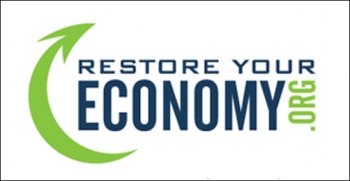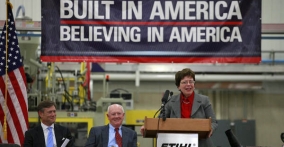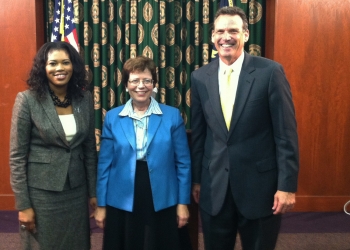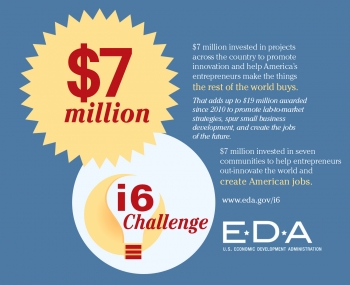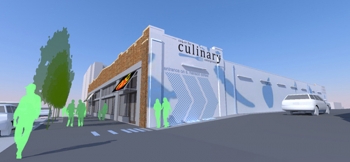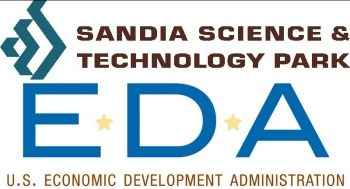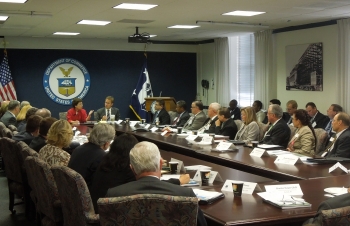10 Partnerships Selected through the Advanced Manufacturing Jobs and Innovation Accelerator Challenge to Support American Manufacturing and Encourage Investment in the U.S.
The Obama administration announced that 10 public-private partnerships across America will receive $20 million in total awards to help revitalize American manufacturing and encourage companies to invest in the United States. These Investments will promote job creation and economic growth in local
industry clusters in Arizona, California, Michigan, New York, Oklahoma, Oregon, Pennsylvania, Tennessee,
and Washington.
The 10 partnerships were selected through the Advanced Manufacturing Jobs and Innovation Accelerator Challenge, which is a competitive multi-agency grant process announced in May 2012 to support initiatives that strengthen advanced manufacturing at the local level. These public-private partnerships consist of small and large businesses, colleges, nonprofits and other local stakeholders that “cluster” in a particular area. The funds will help the winning clusters support local efforts to spur job creation through a variety of projects, including initiatives that connect innovative small suppliers with large companies, link research with the start-ups that can commercialize new ideas, and train workers with skills that firms need to capitalize on business opportunities.
The Advanced Manufacturing Jobs and Innovation Accelerator Challenge is a partnership between the U.S. Department of Commerce’s Economic Development Administration and the National Institute of Standards and Technology, the U.S. Department of Energy, the U.S. Department of Labor’s Employment and Training Administration, the U.S. Small Business Administration, and the National Science Foundation.
As part of President Obama's commitment to creating an economy built to last, the administration has invested more than $200 million promoting regional innovation clusters. The administration created an interagency task force, known as the Taskforce for the Advancement of Regional Innovation Clusters, to develop and administer interagency grant competitions. This is the third round of the Jobs and Innovation Accelerator Challenge and, in addition to the six partnering agencies, this initiative also leverages technical assistance from up to eight other federal agencies.


